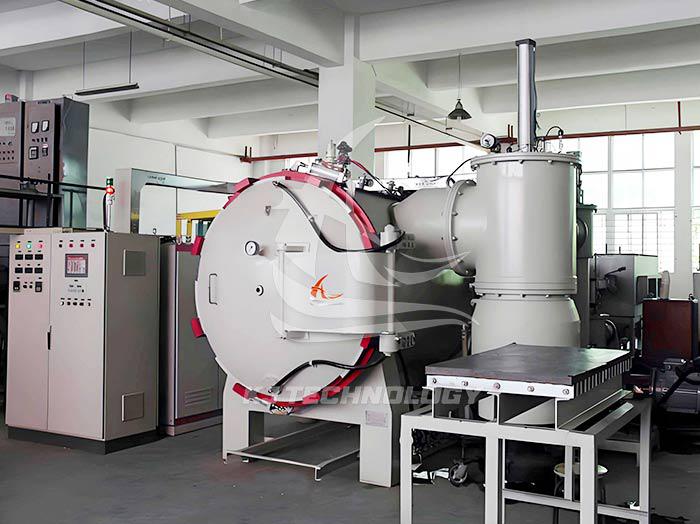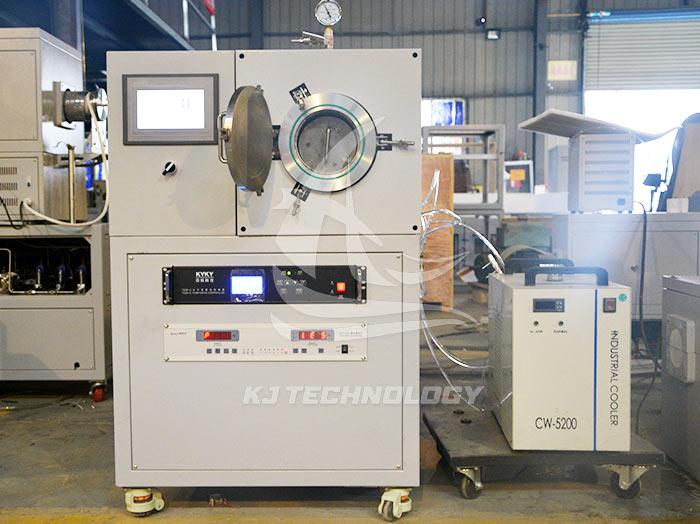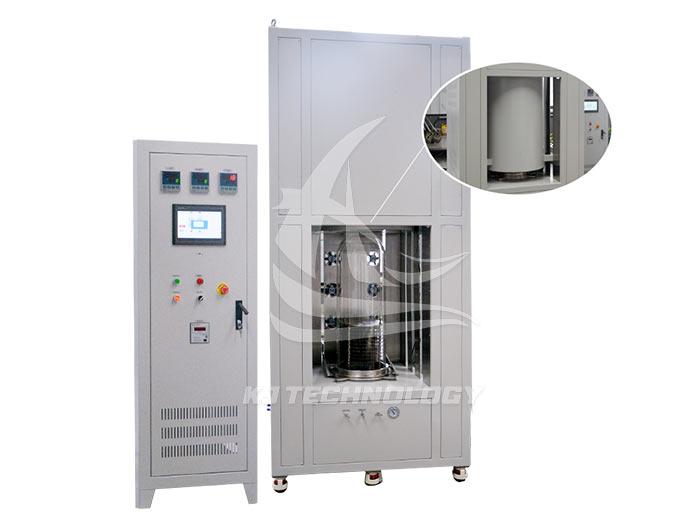What reactions can be processed by an atmosphere vacuum sintering furnace?
 05-29-2025 Author: KJ technology
05-29-2025 Author: KJ technology
The atmosphere vacuum sintering furnace can handle various reactions related to material sintering, and the following are some of the main types of reactions:
Decarbonization and carburizing reactions:
During the vacuum sintering process, if there is free carbon or carbon concentration in the material exceeds the critical value allowed by the atmosphere, decarburization may occur, that is, carbon loss into the atmosphere.
On the contrary, if the carbon content in the sintered body is below the critical concentration, the carbon in the atmosphere may be replenished into the sintered material, leading to carburization.
Oxidation and Reduction Reactions:
Vacuum sintering furnaces reduce or avoid oxidation reactions by vacuuming and filling with protective gases such as hydrogen and inert gases.
In some cases, when a reducing atmosphere is required, reducing gases such as hydrogen can be injected to promote the reduction reaction and remove oxides on the surface of the material.
Phase transition reaction:
The atmosphere vacuum sintering furnace can precisely control the sintering temperature, thereby promoting the phase transition reaction in the material. For example, in the sintering process of titanium alloys, temperature can be controlled to achieve the transition from alpha phase to beta phase.
Densification reaction:
During the sintering process, powder particles combine with each other through mechanisms such as diffusion and viscous flow to form dense solid materials. The atmosphere vacuum sintering furnace provides the necessary temperature and atmosphere conditions to promote this densification reaction.
Impurity exclusion reaction:
A vacuum environment helps to eliminate adsorbed gases, residual gases in pores, and reaction gas products in materials, thereby purifying the materials. For example, during the sintering process, impurities such as silicon, aluminum, magnesium, calcium, or their oxides may be eliminated.
Chemical reaction:
For certain specific material systems, atmosphere vacuum sintering furnaces can also promote the occurrence of chemical reactions. For example, during the sintering process of ceramic materials, solid-phase or liquid-phase reactions may occur to form the desired compounds or solid solutions.








